Programmatic advertising is falling apart. Is it time to reconsider your approach to digital advertising?
With increasing privacy regulations and a booming digital ad fraud industry, companies are being forced to reassess their ad spend and strategy. Use these tips and tactics to ensure that you are getting the most out of your ad spend.
According to NYU Professor Scott Galloway, we are on the verge of “The Imminent Collapse of Digital Advertising.” Galloway, also the founder of media agency L2 Digital, has experienced the boom of the digital marketing industry and now believes that it is coming to a startling halt. The title of the article itself is a marketing click-bait masterpiece, but in reality digital advertising is here to stay. What he is alluding to is that there are some big changes up ahead that will require platforms, agencies, and companies to continuously adapt in order to continue using it effectively–what are you doing to prepare your company for the evolution of paid media?
Galloway first explains the importance of social media in our lives and how it has evolved based on marketing objectives. Yes, it may allow you to watch your favorite puppy videos, read up on events, and share photos with grandma, but ultimately these platforms are algorithmic machines created with the goal of keeping users engaged to serve them ads. The more ads served, the more revenue to the platform.
This model has turned from media companies manually buying ad spots on a specific billboard, magazine, or website, to programmatic ad buying which uses automated technology to buy ad space based on the interests, demographics, and search history of their customers. The idea is a tool that automatically serves ads to interested potential buyers at the right place at the right time, giving even small companies the opportunity to effectively advertise with a modest budget. Sounds great, right?
“Programmatic has fueled the digital advertising industry to be worth hundreds of billions of dollars.”
Programmatic has fueled the digital advertising industry to be worth hundreds of billions of dollars. Unfortunately, an influx of money in a vulnerable market invites crime and fraud to take advantage. When programmatic ad buying, the company gives money to the agent to spend on ads, who gives it to the platform, who distributes the money to the various parties supporting the algorithm (targeting, data providers, DSP’s, etc.), and eventually to the publishers. In that confusing and non-transparent process, the money is passing through many hands and thus invites many opportunities to cheat. Cheating comes in the form of fake bots that click on ads, click farms of people looking at 40 screens at once clicking on display ads, and illegitimate websites that trick platforms into paying them to publish content on a site that doesn’t even exist. Programmatic platforms claim to have “advanced ad fraud detection systems,” but why would they? More clicks and impressions on their website only helps them.
The minuscule targeting capabilities that advertising still has are fed by third-party cookies, which are also on their way out the door. The war on privacy has forced some of the largest cookie marketplaces in the world to slow their collection of user data. Apple IOS implemented safeguards for users that require websites to ask permission before placing cookies, and Google Chrome announced that it will phase out third party cookies completely by 2023.
Galloway cites that the ad fraud industry could be worth $150,000 billion by 2025. That, combined with the extension of cookies, threatens the way modern marketers advertise. Major corporations have begun building in-house programmatic platforms that they can trust, but what can smaller companies that use an agency or control their own spend do? Implement these tips below to protect your company’s ad budget from the cyber minefield that digital advertising is approaching.
Partner With a Transparent Agency That Does It All
Marketing is difficult enough as it is, but if you’re dishing out portions of the budget to multiple agencies handling creative, landing pages, Google Ads, paid social media, and so on, it will make problem areas even harder to identify. The same goes for hiring an agency that outsources parts of your marketing tasks. The more parties in the mix, the more people taking cuts, and it also becomes harder to see the integrated marketing strategy as a whole. A forward-thinking agency that can handle the breadth of your marketing needs will provide transparency into problem areas and adjust accordingly.
Shift From Interest-Based Targeting to Contextual Targeting.
Interest-based targeting allows us to serve ads to individuals that the platform has identified as potential customers based on their past history. Due to the fact that this is becoming less effective and less cookies are making it even more difficult, contextual targeting could be the answer. For example, when trying to target people in the market for a new mountain bike, you could place the ad on websites that have mountain bike reviews or show mountain biking related content. It can be more expensive but investing in higher quality ad placement usually pulls higher quality leads. Cheap, programmatic ad buys often boost numbers by serving ads on low-quality websites that are more prone to ad fraud.
Continuously Monitor and Optimize Your Campaigns.
Ensure that whoever is running your ads—whether it is an agency, a freelancer, or yourself— monitors programmatic channels often for fraudulent behavior. The “set and forget” method can destroy a campaign’s potential. The major thing to look for is how users are engaging with your website or landing pages, and if the users seem to be interested customers or someone looking to hit as many ads as possible. Is there a high bounce rate? How are they moving between pages? How long do they spend on the website? Abnormal spikes in the amount of clicks as well as high clicks coming from a random country halfway across the globe are signs of ad fraud—block these immediately.
Shift Your Focus From Clicks To Conversions/Goals.
This is the main indicator of campaign success. Focus less on the clicks and more on the ultimate marketing goal, along with the conversions needed to get there. Analyzing the top of the programmatic funnel is messy and contains falsities, but at the end of the day are you getting the amount of form fill-outs, calls, purchases, sign-ups etc. to meet your business goal? Set campaign goals to “conversions” instead of “clicks” and set up conversion tracking to understand how users are moving through the funnel. Monitor for fraud, optimize where possible, and if you still aren’t hitting that final number, consider reallocating some of the budget to a channel that has proven more effective for your business.
Monitor News and Updates in the Marketing Industry.
Those who stay ahead of changes in digital advertising over the next few years will inevitably come out on top. Earth-shattering privacy, cookie, and ad fraud updates are coming out constantly, and if your agency doesn’t recalibrate based on these changes, your campaigns will lose their efficacy. Google and other big tech companies have already proposed new ways of tracking users for targeting that will adhere to privacy regulations while keeping advertisers in business platforms free to users. Digital marketing isn’t ending, just evolving.

